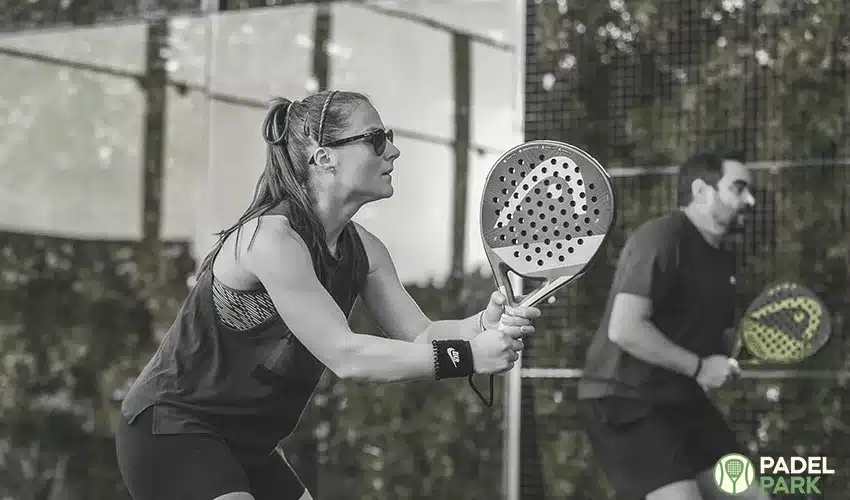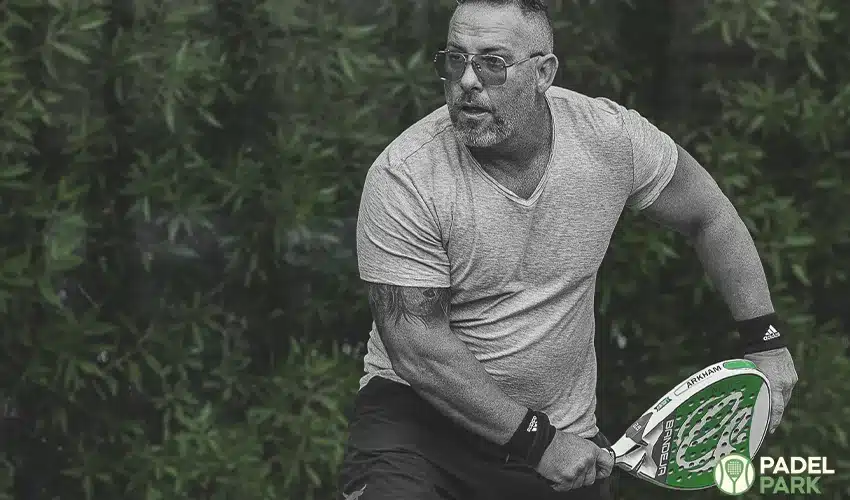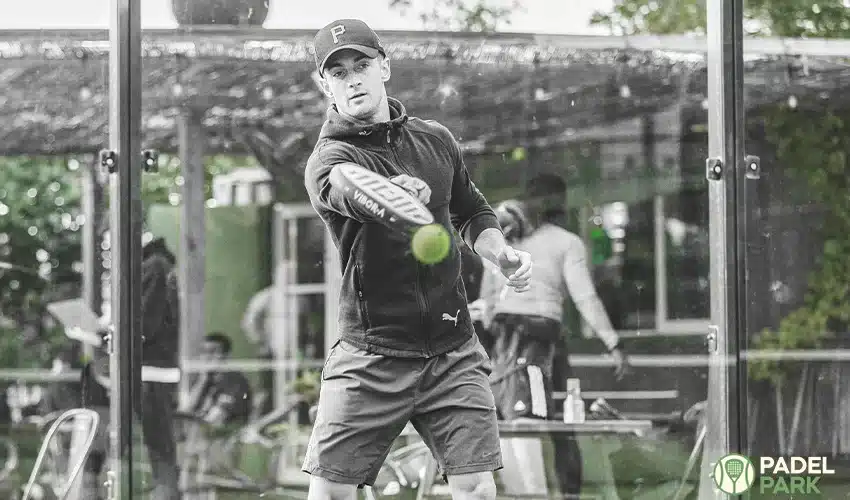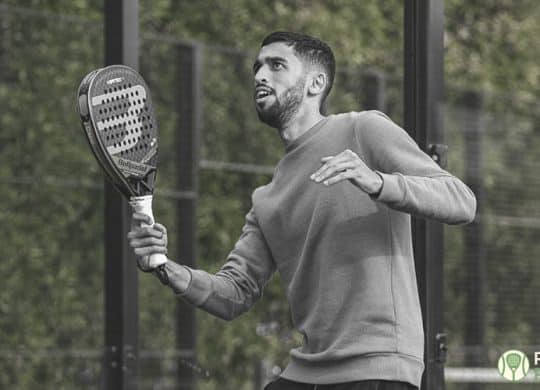The mechanics of the Padel Tennis service
The technical aspects of this service involve starting from behind the baseline. You have to strike the ball diagonally into the service box on the opposite side of the court. With their non-dominant foot slightly ahead, the server positions themselves, tosses the ball into the air, and looks at it dropping. The angle and placement of the service will decide the trajectory and difficulty for the opponent.
Find the right balance between power and control to ensure an effective service. Mastering the mechanics is only possible by practicing and experimenting with different techniques, footwork, swing paths and angles. By understanding these technicalities, players can optimize their serve, place strategic shots and gain the upper hand in the game.
The strategic advantage of angle placement
Angle placement is a tactical weapon that gives Padel players a special advantage. Strategically choosing the right angles can create difficulties for the opponents and lets you gain control over the game. Here’s how:
- Exploiting opponent’s weaknesses
- Creating a larger court area
Exploiting opponent’s weaknesses
With correct angle placement, you can exploit your opponent’s weaknesses and give them a hard time. For example, serving at a strong angle towards their backhand side can stress them if their backhand is not as strong as their forehand. This forces them to stretch and hit a more challenging shot and probably make an error.
Creating a larger court area
Playing with angle placement enables you to create a larger court area for your opponent to cover. When they have to cover a greater distance, the chances of them missing the return or hitting an ineffective shot increase. This wider angle effectively ruins their potential target area, and they make more errors.
Exploring various angle placements
To master the art of padel tennis service, you must experiment and practice with different angle placements. The following are the top five common angle placements:
- Wide angle
- Central angle
- Cross-court angle
- Body shot angle
- Wall rebound angle
Wide angle
When you serve wide towards the sideline, you create a larger court area for your opponent to cover. The wide angle forces them to move quickly and adjust their position, which makes it difficult to effectively return the ball. But this angle also involves a higher risk of hitting the ball out of bounds. That’s only possible with precision and control.
Central angle
You achieve a balanced court coverage by serving with a more central angle, making it harder for your opponent to anticipate the direction of your service. When you keep the ball away from the sidelines, you limit their options and force them to react faster. However, this angle can also make returning the ball easier for them as they have a more direct shot selection.
Cross-court angle
In this angle, you diagonally serve toward the opposite corner of the service box. It can be especially effective when your opponents struggle with their backhand. You limit their ability to generate power or accuracy in return by targeting their weak spot.
Body shot angle
In this, you serve toward the body of your opponent. When you aim at their midsection, you limit their freedom of movement and make it challenging for them to control their return. This angle often results in weak returns enabling you to seize control of the point.
Wall rebound angle
The glass walls of the court can also be strategically used. By serving toward the walls, you create unanticipated rebounds that can startle your opponent. This angle adds an element of surprise and difficulty to the return, thereby increasing your chances of gaining an advantage in the point.
Comparing different angle placements
The table below highlights the pros and cons of different angle placements so you can make informed decisions when selecting the most effective angle for their service.
| Angle | Pros | Cons |
| Wide | Creates a significant court area to cover | More risk of hitting out of bounds |
| Central | Provides balanced court coverage | Easier for the opponent to return |
| Cross-court | Targets the opponent’s weaker backhand | Requires a lot of accuracy to avoid hitting too close to net |
| Body shot | Limits the opponent’s movement and power | It can be predictable if overused |
| Wall rebound | Adds unpredictability to the return | Requires much practice to control the rebound |
Show them how to serve strategically
It is nearly impossible to excel at the Padel tennis service without a clear understanding of angle placement and its strategic implications chateau gonflables pas cher. Only by exploring different angles can you maximize the effectiveness of your service and gain a competitive edge on the court.
Try and practice with these angles keeping in mind your opponent’s weaknesses and your strengths. Be regular to develop precision and control.
Your serve strategy is a powerful weapon, and with a well-placed angle, you can dominate the game from the first shot itself.






